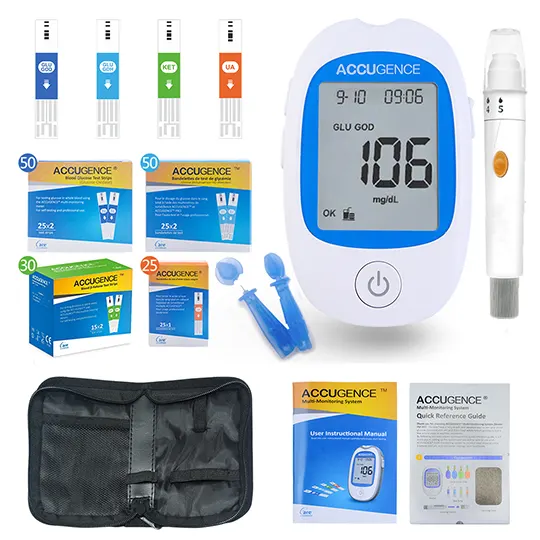Dosing and uses of Methazolamide (Neptazane)
Adult dosage forms and strengths
tablet
- 25mg
- 50mg
Glaucoma
50-100 mg PO BID/TId
Other Indications & Uses
Off-label: Altitude sickness
Pediatric dosage forms and strengths
Safety and effecacy not established
Methazolamide (Neptazane) adverse (side) effects
>10%
Drowsiness
Paresthesias
Anorexia
Nausea
Vomiting
Frequency not defined
Sulfonamide-type rxns
Acidosis
Electrolyte imbalance
Glycosuria
Hematuria
Thrombocytopenia
Hepatic dysfunction
Tinnitus
Warnings
Contraindications
Hypokalemia, hyponatremia, hyperchloremic acidosis, cirrhosis, severe liver or renal impairment, adrenal gland failure
Cautions
COPD, emphysema, concomitant high-dose aspirin or steroid therapy, or hepatic insufficiency
ADRs common to sulfonamide derivatives
Stevens-Johnson syndrome and toxic epidermal necrolysis may occur
Pregnancy and lactation
Pregnancy category: C
Lactation: not known if crosses in to breast milk, avoid
Pregnancy categories
A: Generally acceptable. Controlled studies in pregnant women show no evidence of fetal risk.
B: May be acceptable. Either animal studies show no risk but human studies not available or animal studies showed minor risks and human studies done and showed no risk.
C: Use with caution if benefits outweigh risks. Animal studies show risk and human studies not available or neither animal nor human studies done.
D: Use in LIFE-THREATENING emergencies when no safer drug available. Positive evidence of human fetal risk.
X: Do not use in pregnancy. Risks involved outweigh potential benefits. Safer alternatives exist.
NA: Information not available.
Pharmacology of Methazolamide (Neptazane)
Mechanism of action
Carbonic anhydrase inhibitor, decr rate of aqueous humor formation and decreased IOp
Pharmacokinetics
Half-life: 14 d
Onset: 2-4 hr
Max Effect: 6-8 hr
Duration: 10-18 hr
Bioavailability: absorbed more slowly than acetazolamide
Excretion: urine 15%



